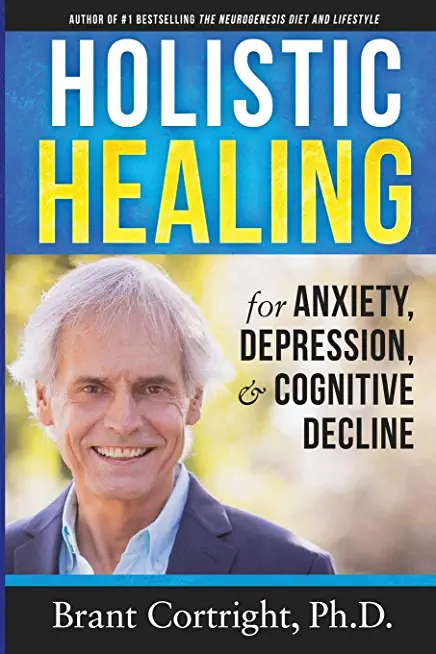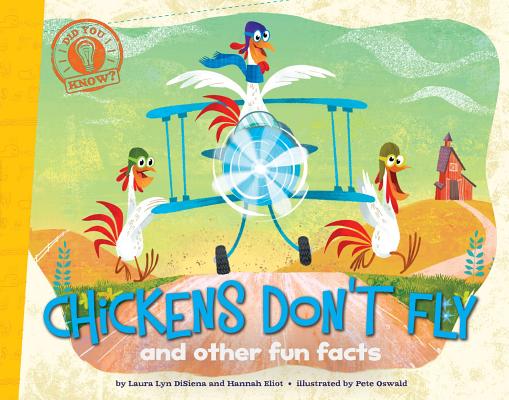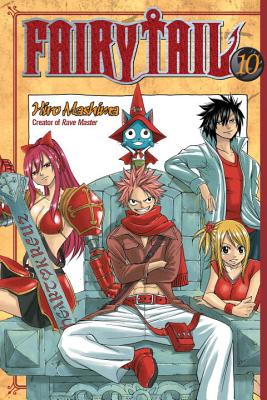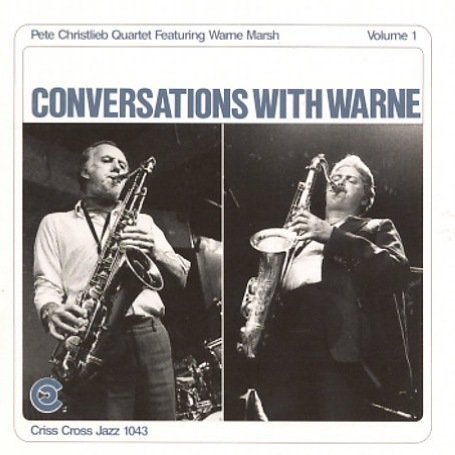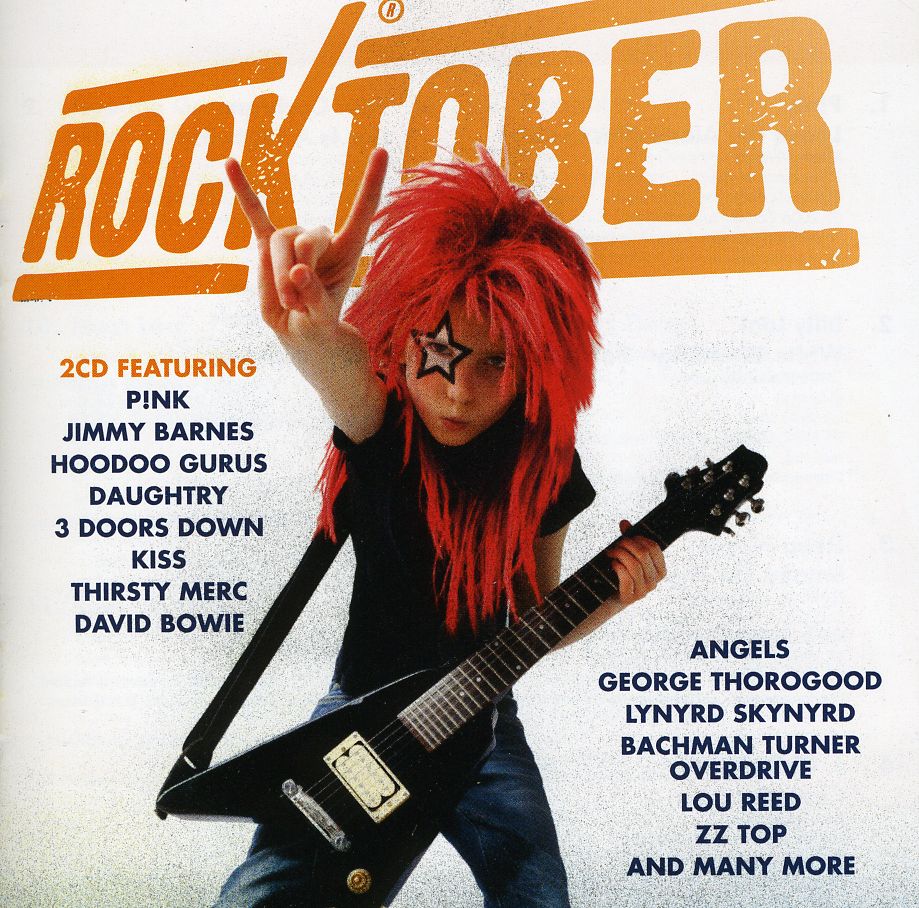
Leibman, Jack
Introduction to This Translation by Jack Leibman
I am a retired physician, now (2016) 88, born in 1927 in Baltimore, living in San Francisco since 1951. I received my B.A. from Johns Hopkins U. in 1947, and my M.D. from U. of Maryland in 1951. Since then, I have been writing intermittently, initially in the scientific area, then more generally, mostly essays, reportage, memoirs, poetry, and a few translations from German.
I knew very little about my family background. But my son, who is much more interested in genealogy than I, had come up with some interesting new information about my father's origins, new to me. He had ferreted out copies of my father's naturalization certificate and his draft registration, which led to additional facts about the actual location of his village in Poland-I had always thought it was in Russia. My father had served in the Russian Army in World War I, and had been wounded. When he came to the US in 1923, he left behind a family, a wife and two sons. Somehow he, his mother and younger sister made their way to Copenhagen, and boarded a ship to America. And the outlines of his subsequent history were fairly clear. He had married my mother in 1926; she had come from a shtetl in Latvia, named Preili. But what about his earlier history in Poland? His shtetl was named Olshon or Olshan, near Lithuania, an area occupied by the Germans in World War I, then for three years by the Russians, interrupted by Cossack raids, then again by the Poles, the Russians, and finally by the Germans. During the Russian interval, my father had been drafted into the Russian army. Then came a momentous finding by my son. He had discovered, from an archive in the NY Public Library, a Yizkor book about Olshan. A Yizkor book is a remembrance volume, dedicated to the history of a town and its inhabitants, and there were many such volumes to honor each small town eradicated by the holocaust.
As I glanced at this volume on-line, I noted that the more Polish name of the town was Holshany, and that there were 580 pages, and it was almost all in Yiddish except for a Hebrew translation at the end. I had learned to read and understand Yiddish in my childhood, and with the aid of some fluency in German, a dictionary and a few consultants, I began to read. I found that I was able to translate most of the material, much of it written in a clear colloquial style, reminiscent of the sounds of my childhood. Of course I hoped to find some mention of my family name, and indeed I came across several brief references, in a list of land plot owners - a pair of brothers perhaps, dated 1929, most likely cousins. The Necrology contained two memorials for at least three with my family name, and also one picture I remembered as the husband of my aunt.
The history described daily life in the shtetl of Olshan, before, during and after World War I, the inter-war period and the Holocaust in great detail, enlivened by personal anecdotes about many of the more prominent town inhabitants, often enhanced by nicknames. A final section describes the remarkable odyssey of a young man's career as a partisan. As a result I became engrossed first by the challenge of the translation, then by the remarkable vignettes themselves, culminating in the exciting survival odyssey of a young partisan fighter.
I would like to acknowledge and thank Dr. Sheldon I. Clare for the translation of the Table of Contents, the Necrology and the chapter "The Jews of my Generation." The remainder of the book is my own comprehensive translation.
member goods
listens & views

ESSENTIAL COLLECTION MARCHIN / VARIOUS
by ESSENTIAL COLLECTION MARCHIN / VARIOUS
COMPACT DISCout of stock
$17.49

